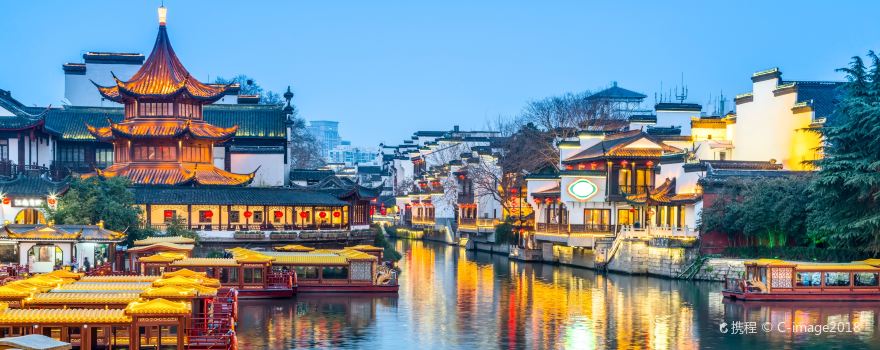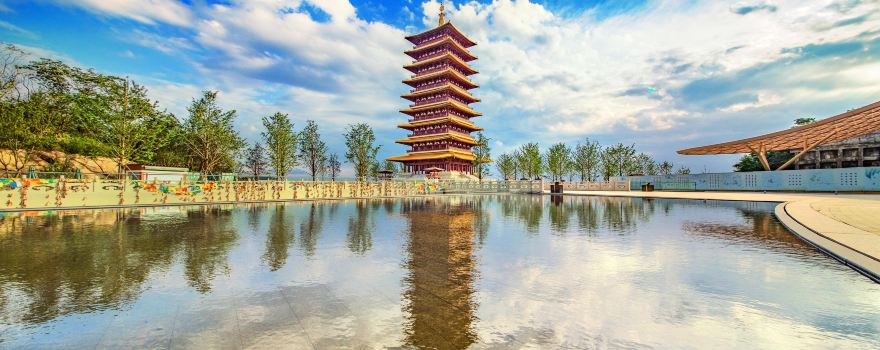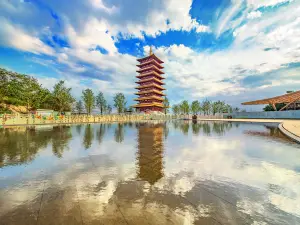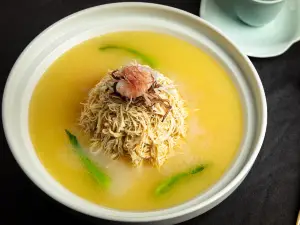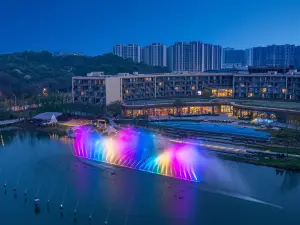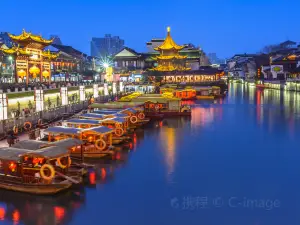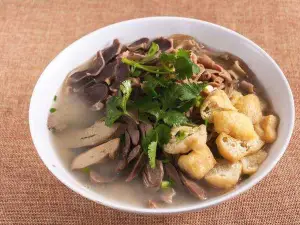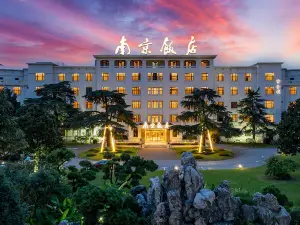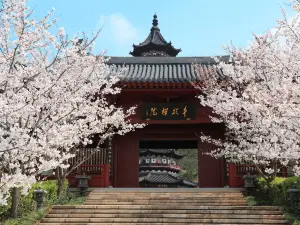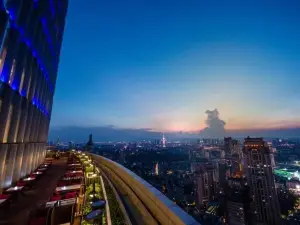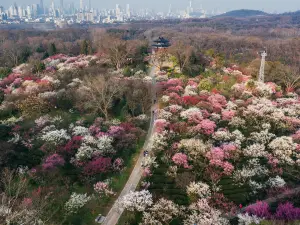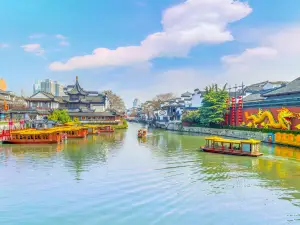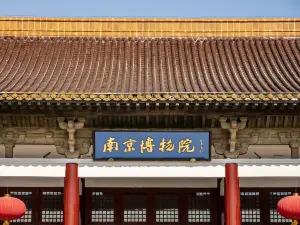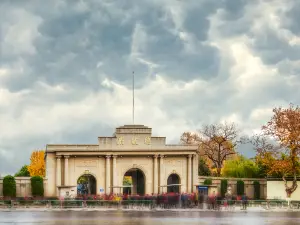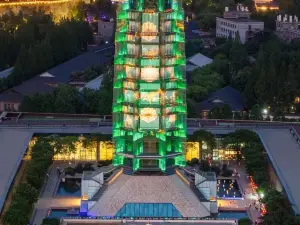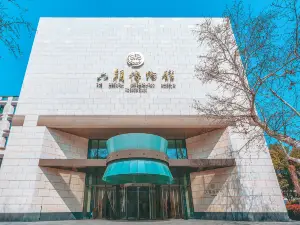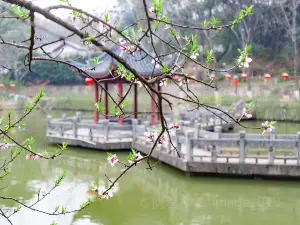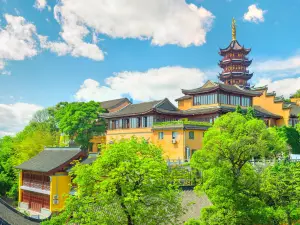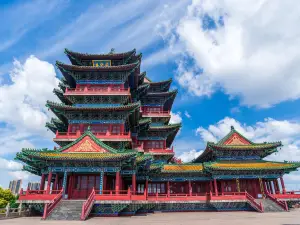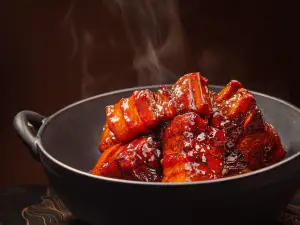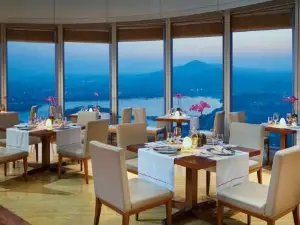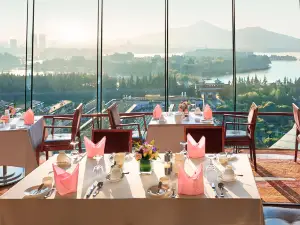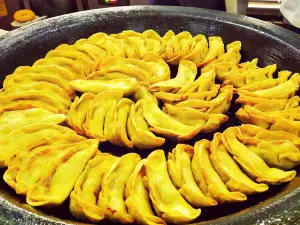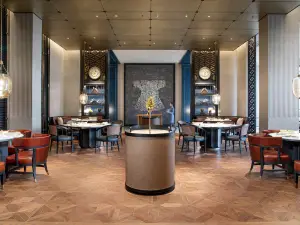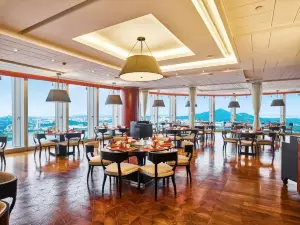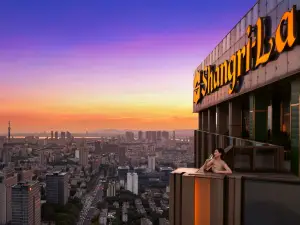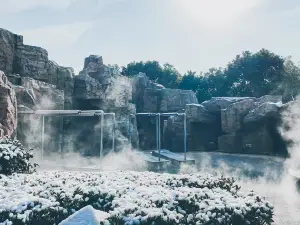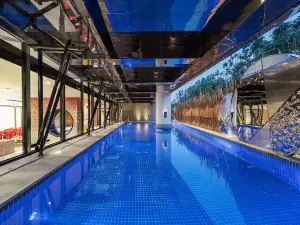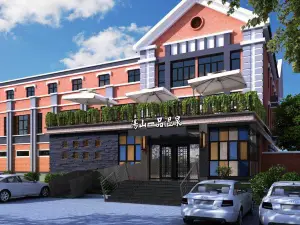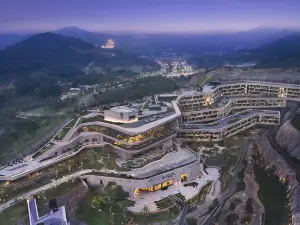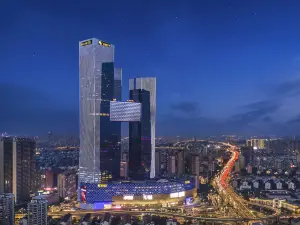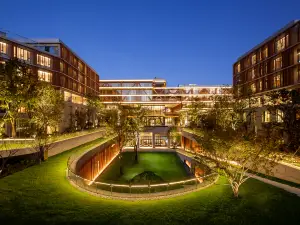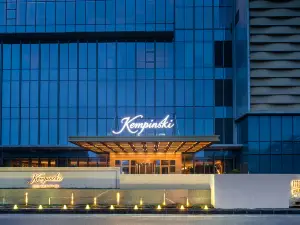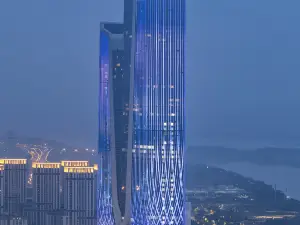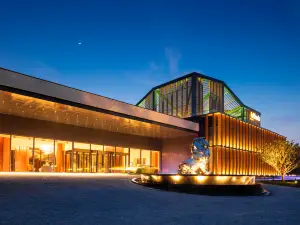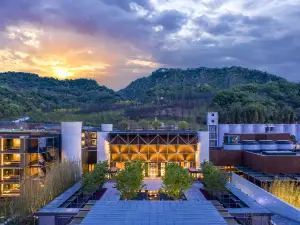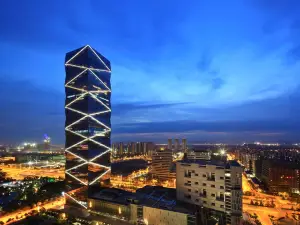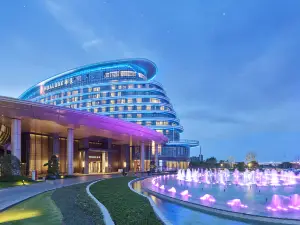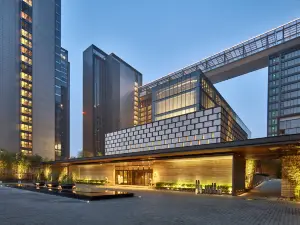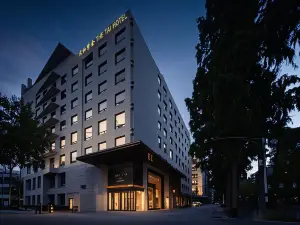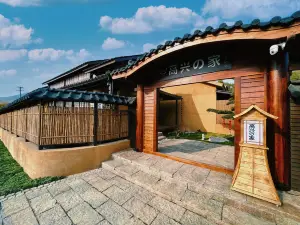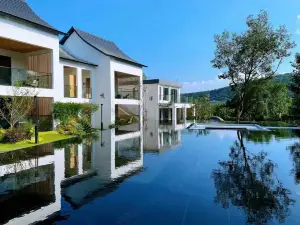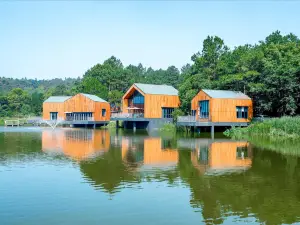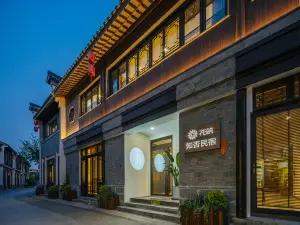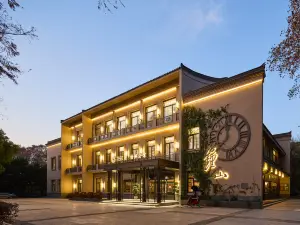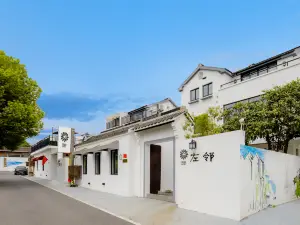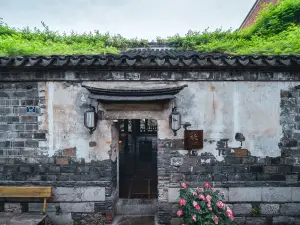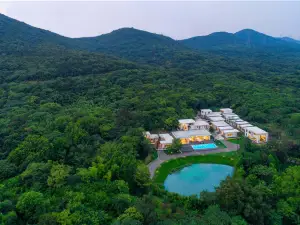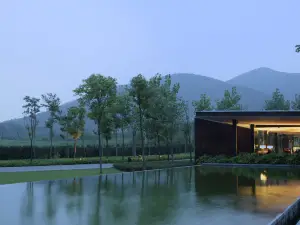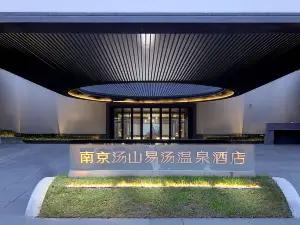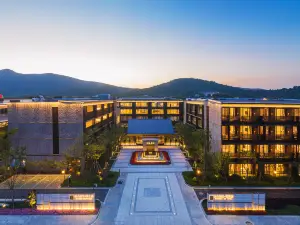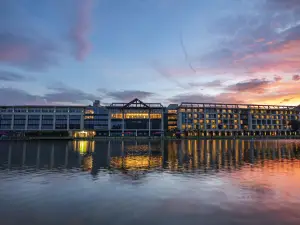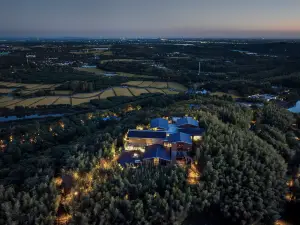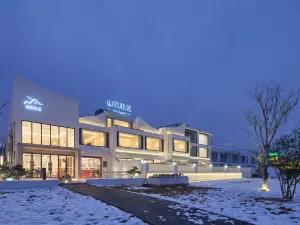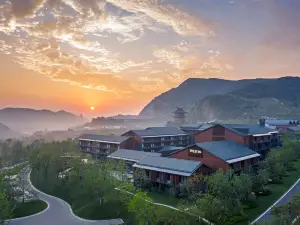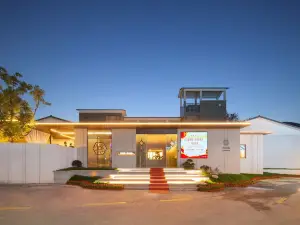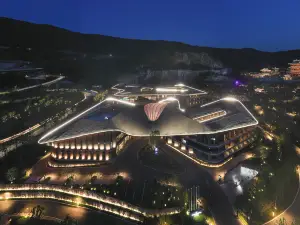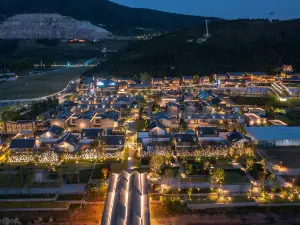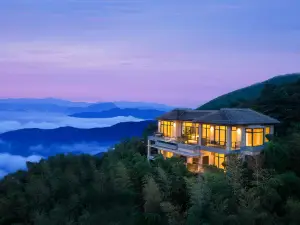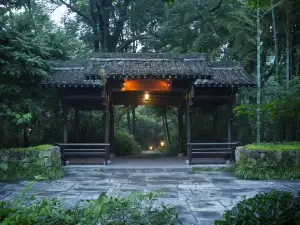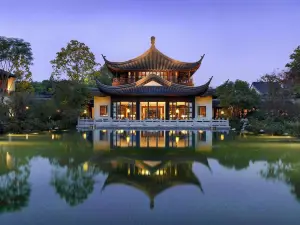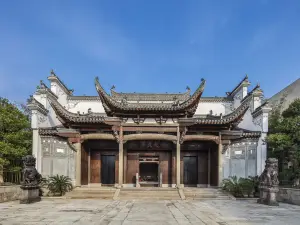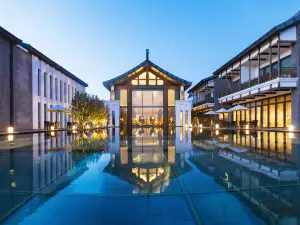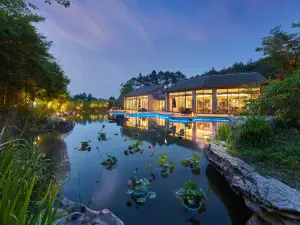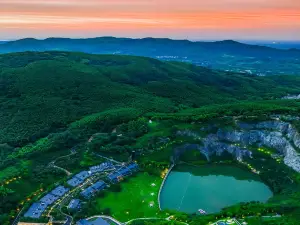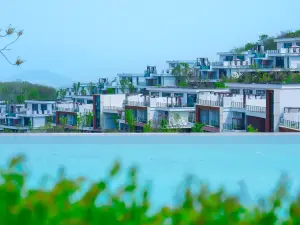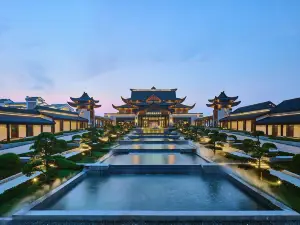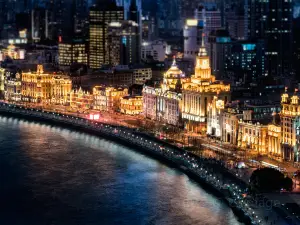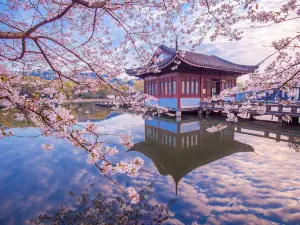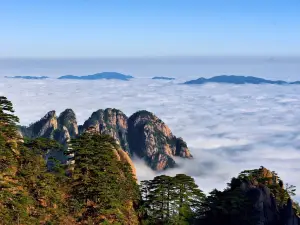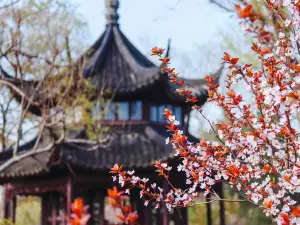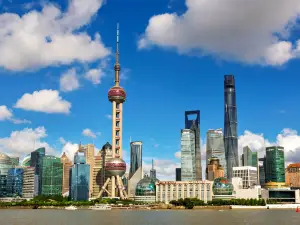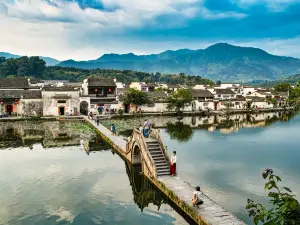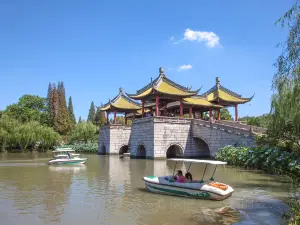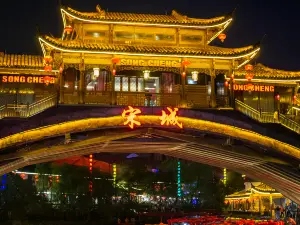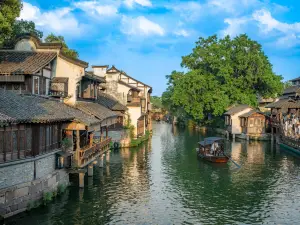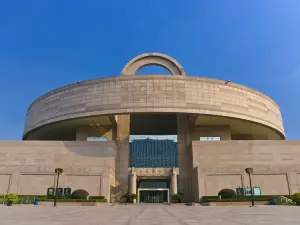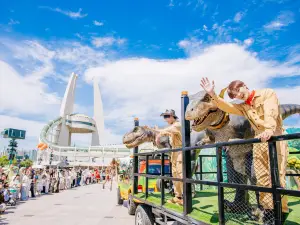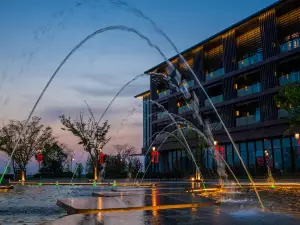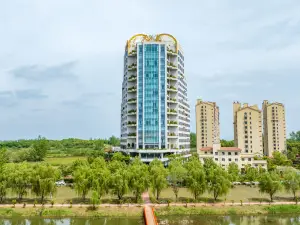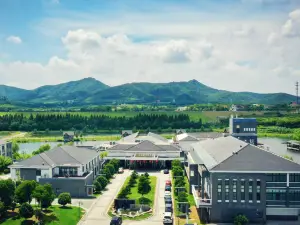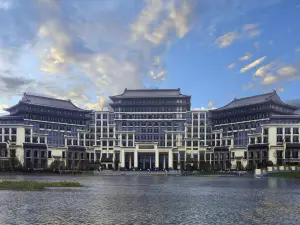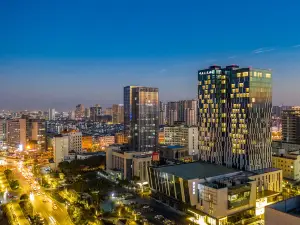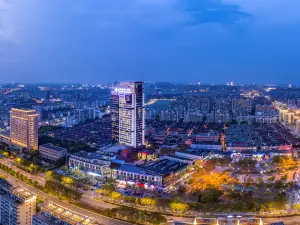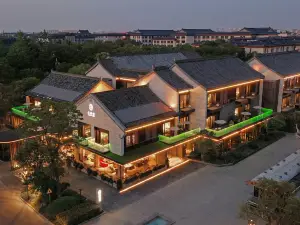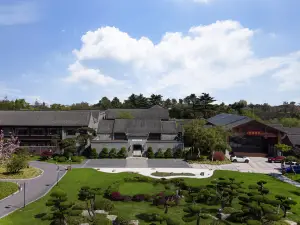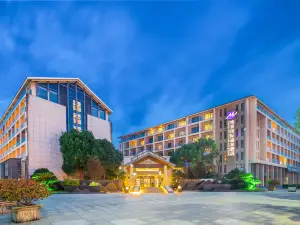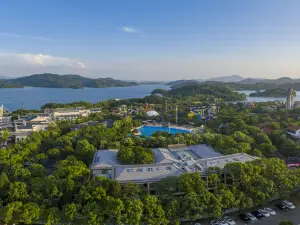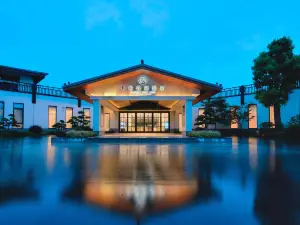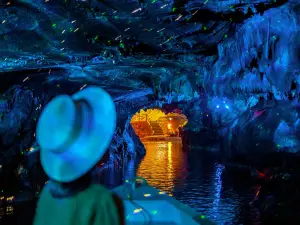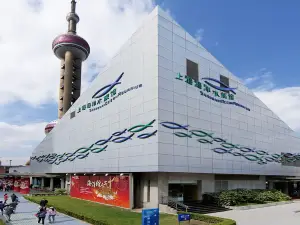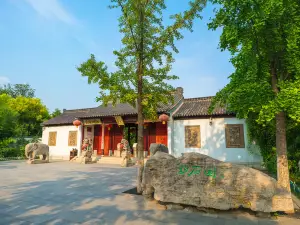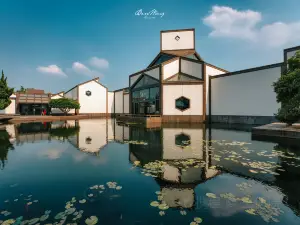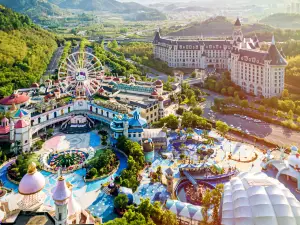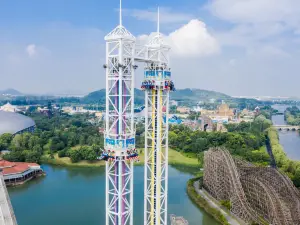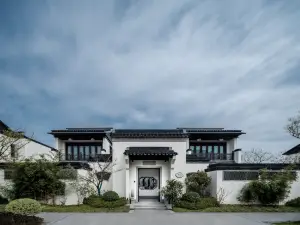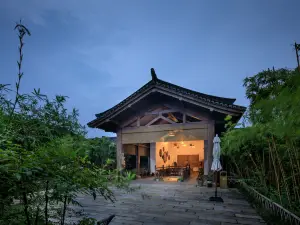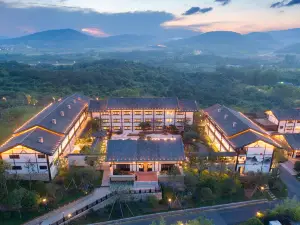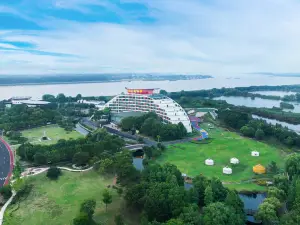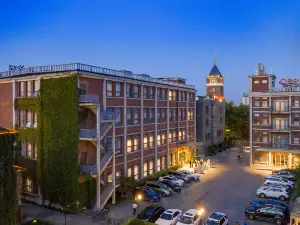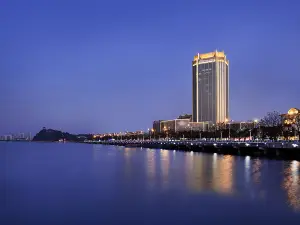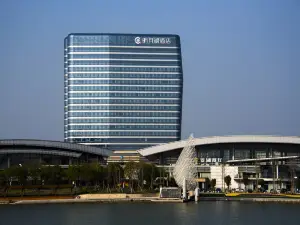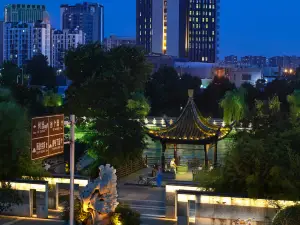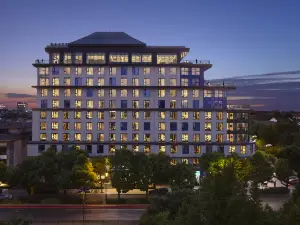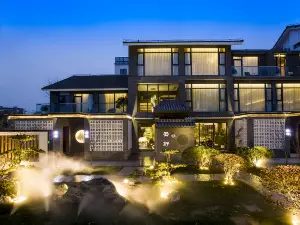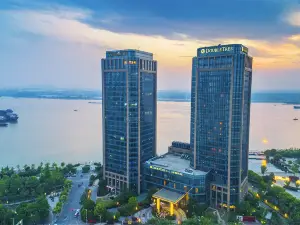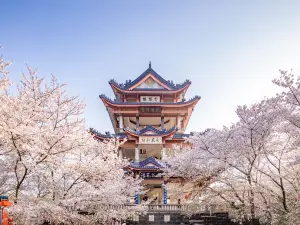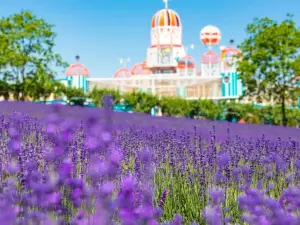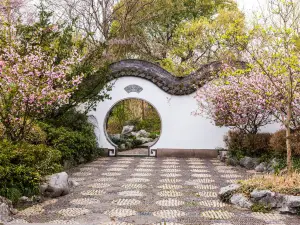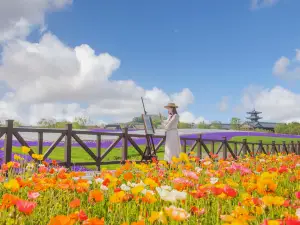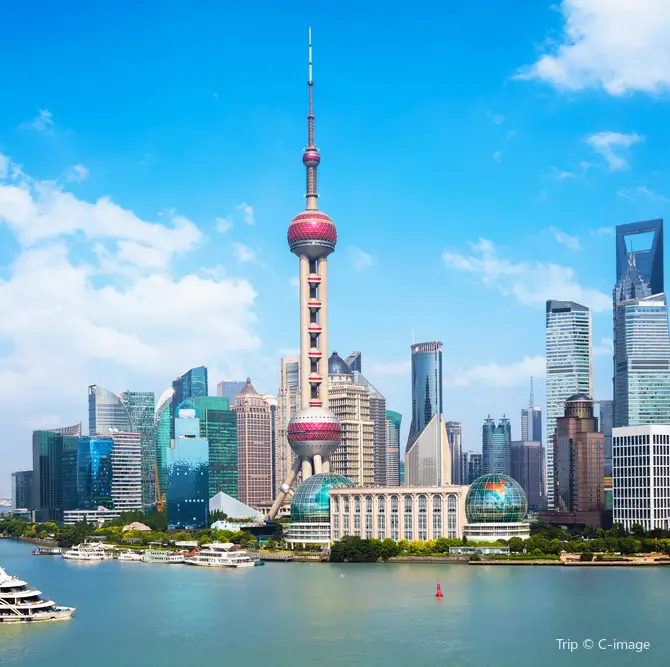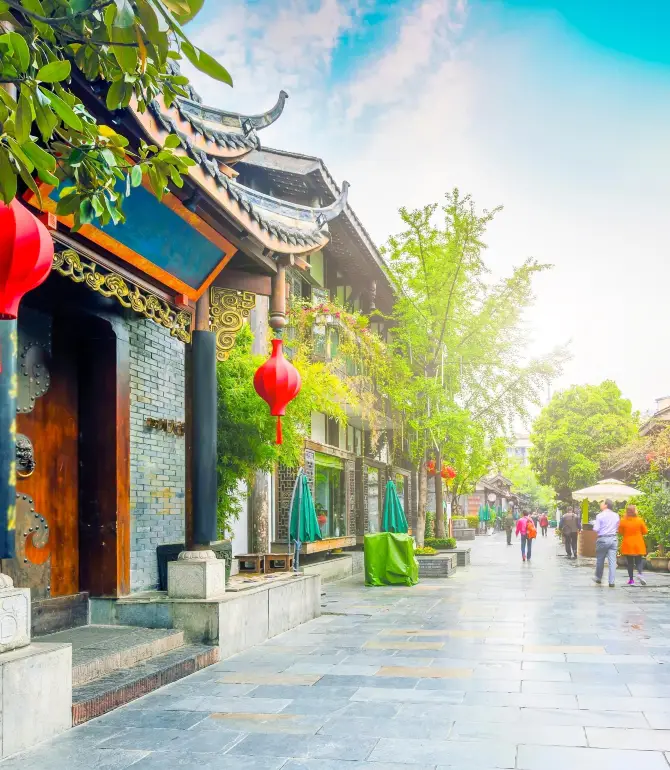Things to Do in Nanjing in 2025 - Top Attractions, Local Food, Hotels & Travel Tips (Updated May 2025) | Trip.com
About Nanjing
Recommended trip: 2–4 day(s)
Recommended trip: 2–4 day(s)Current Weather Conditions
Nanjing Local Experiences Map

Trending in Nanjing
Nanjing Local Travel Guide 2025
Nanjing Brief Guide
Nanjing was called Jinling in ancient times. This settlement was an ancient capital thousands of years ago throughout several dynasties and kingdoms, and the traces of history can be found here wherever you go. When in Nanjing, climbing atop Taicheng, a five-minute walk on top of the Nanjing Ming Dynasty City Wall, on the south bank of Xuanwu Lake. This city wall, with 600 years of history, looks east to the verdure of Zhongshan Mountain, while the blue waters of the Xuanwu Lake ripple in your gaze and the bells of the ancient Jiming Temple resound in the distance. Stroll through the beautiful Yihe Mansions area, get a cup of coffee in the renowned 1912 district, or walk beneath the colorful canopies of hundred-year-old trees in the warm sun, and history will unfold before you moment by moment. Once night falls, you can get aboard a pleasure boat and travel by night along the Qinhuai River, where enjoying the ancient beauty on the riverbanks by streetlamp is even more enchanting. All the while you can experience the beautiful setting of the poem “A Mooring on the River Qin Huai”.
Nanjing Must-try Local Experiences
1. Journey Through Ancient Nanjing's Icons Explore the Nanjing City Wall, Nanjing Presidential Palace, and The Memorial Hall of the Victims in the Nanjing Massacre by Japanese Invaders to experience the city's rich history and culture. 2. Seek Serenity at Xuanwu Lake and Jiming Temple Enjoy a peaceful retreat at Xuanwu Lake with a boat ride or stroll, and visit the tranquil Jiming Temple, a key Buddhist site. 3. Discover the Confucius Temple Area Stroll through the Confucius Temple area, filled with traditional architecture, shops, and eateries, and learn about Confucian culture. Capture the enchanting night views of the Qinhuai River with illuminated bridges and riverside buildings. 4. Explore Museums and Appreciate National Treasures Delve into China's history and culture at the Nanjing Museum, which houses a vast collection of artifacts and artworks. Experience the intricate craftsmanship of Yunjin Brocade weaving at the Nanjing Yunjin Museum. 5. Visit the Sun Yat-sen Mausoleum Pay homage to the founding father of modern China at the Sun Yat-sen Mausoleum on Purple Mountain. 6. Savor the Flavors of Nanjing Cuisine Indulge in Nanjing's cuisine with specialties like Nanjing Salted Duck and duck blood soup. 7. Cruise the Qinhuai River for a Unique Perspective Enjoy a scenic cruise along the Qinhuai River, admiring illuminated bridges, traditional architecture, and vibrant city life. 8. Explore the Ming Tomb Scenic Area Visit the Ming Tomb Scenic Area, the tomb of the Hongwu Emperor, and explore its impressive architecture and serene surroundings.
Nanjing Must-see Attractions
Nanjing is a city steeped in cultural and historical significance, offering a diverse array of attractions from the serene Niushou Mountain Cultural Tourism Zone and the bustling Confucius Temple Qinhuai River Scenery Belt to the treasure-filled Nanjing Museum, the majestic Xiaoling Mausoleum of the Ming Dynasty, and the picturesque Zhongshan Mountain National Park, each site presenting a unique aspect of China's rich heritage.
Nanjing Food Guide
Nanjing's cuisine is renowned for its unique local characteristics and profound cultural heritage, from the fresh and smooth Duck Blood and Vermicelli Soup, the fragrant and juicy Beef Potstickers, the tender Salted Duck, the thin-skinned and broth-filled Nanjing Soup Dumplings to the golden-colored Plum Blossom Cakes, each dish is a heritage and innovation of traditional craftsmanship, leaving an endless aftertaste.
Nanjing Transportation
Nanjing's transportation infrastructure is integral to its role as a key city in the Yangtze River Delta region, with its airport and railway stations being the main hubs for intercity travel. Nanjing Lukou International Airport (NKG) is a significant air hub located over 35 km south of the city center in the suburban Jiangning District. It serves as a hub for several airlines and offers both domestic and international flights. To reach the city from the airport, travelers can take the metro S1 line, airport shuttles, or taxis. Nanjing South Railway Station, one of the world's largest in terms of GFA (Gross Floor Aera), is a modern marvel serving high-speed trains on several major lines, including the Beijing-Shanghai route. It is located a few kilometers south of downtown Nanjing in Yuhuatai District. The station is well-connected to the city via Nanjing Metro Lines 1, 3, S1, and S3, providing convenient access to various parts of the city.
Nanjing Where to Stay
Nanjing is a city that is rich in cultural heritage and offers a diverse range of accommodation options for visitors. From bustling commercial centers to serene lakeside areas, the city's hotels are spread across several key regions, each with its own unique charm and attractions. Whether you're looking for a luxurious stay, a historical experience, or convenient access to sporting events, Nanjing's accommodation areas cater to all preferences and interests.
Nanjing Best Time To Visit
The best time to visit Nanjing is during the spring, from March to May, and the autumn, from September to November. In spring, the weather is mild, and the city becomes a sea of flowers, with plum blossoms in March and cherry blossoms in April, making it ideal for outdoor activities. Autumn offers cool temperatures, perfect for hiking and enjoying the red autumnal leaves at local attractions like Mount Qixia and the Xiaoling Mausoleum of the Ming Dynasty. These seasons provide the most comfortable climate and picturesque natural beauty, avoiding the intense heat of summer and the cold, humid winter.
Nanjing Useful Guide
Nanjing, known for its historical significance, is predominantly a Mandarin-speaking city. The official language is Standard Mandarin, which is widely understood and spoken by the local population. However, Nanjing also has its own dialect, Nanjinghua or Nanjingese, which has unique grammatical structures and phrases, distinguishing it from Standard Mandarin. Visitors may encounter this local dialect, but it should not pose a significant barrier to communication as most residents are fluent in Standard Mandarin. For non-Mandarin speakers, translation apps and interpretation services are available to facilitate communication. When language barriers arise, using universal gestures, maps, and facial expressions can be effective in conveying messages.
Trip.Best: Nanjing
Things to do in Nanjing
What to Do
Niu Shou Shan
Nanjing Hongshan Forest Zoo
Wumadu Square
Where to Stay
What to Eat
Nanjing Moments: Through Travelers' Eyes

The 2025 Green Expo Garden Tulip Festival is here!

It's really in Nanjing! The flower swing is so beautiful it's divine

Hidden Gems in Nanjing for May Day! Locals' Secret Itinerary, Avoid the Crowds!

4.20 | The Niushou Mountain in Nanjing is absolutely amazing on weekends!

Zijin Mountain, also known as Purple Mountain, is a prominent scenic area located in Nanjing, China.

Nanjing Zhenzhu River Cherry Blossoms-The Floating Sakura Canal

I just visited Nanjing, and Ginkgo Lake Park is absolutely stunning!

A Super Detailed 3-Day, 2-Night Travel Guide to Nanjing
Best of Nanjing
Site Operator: Trip.com Travel Singapore Pte. Ltd.
